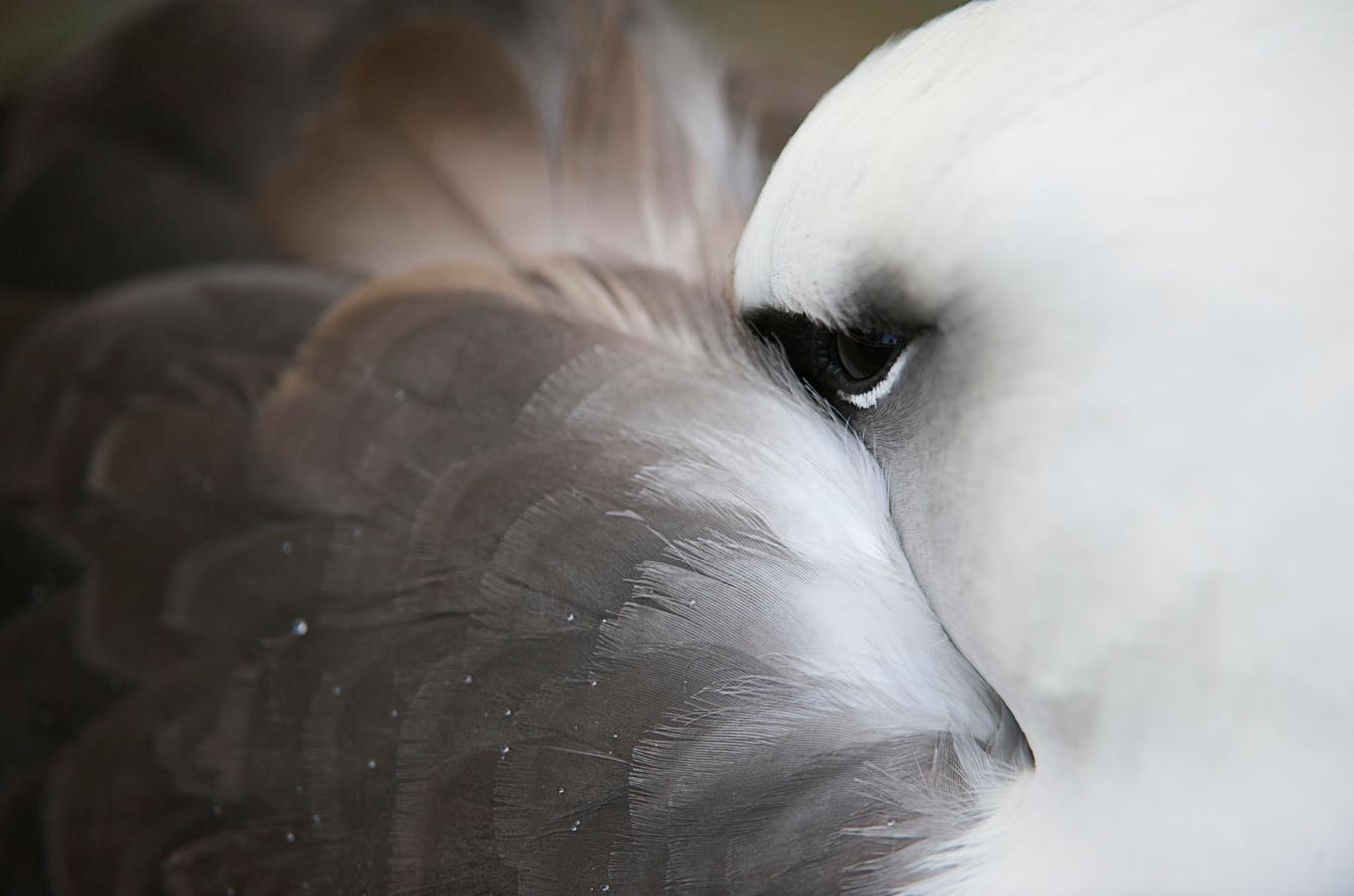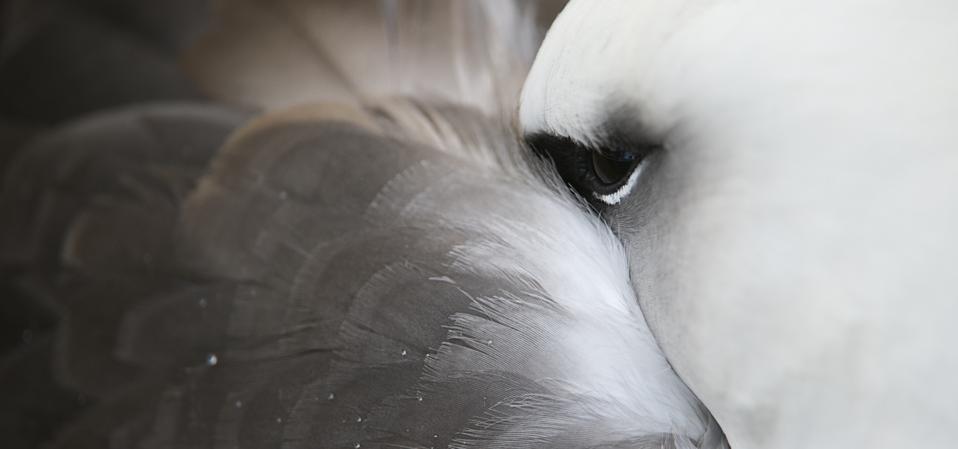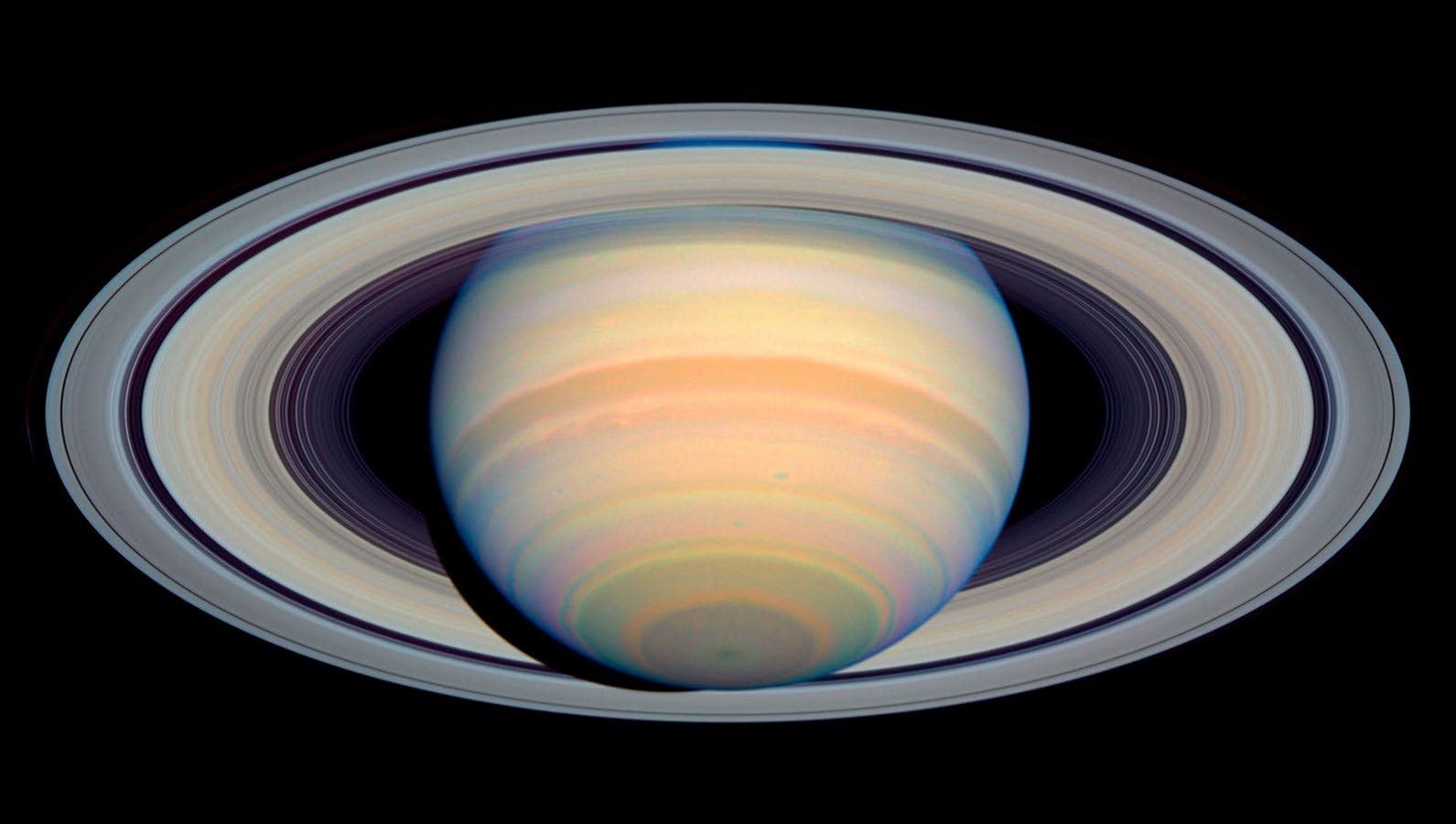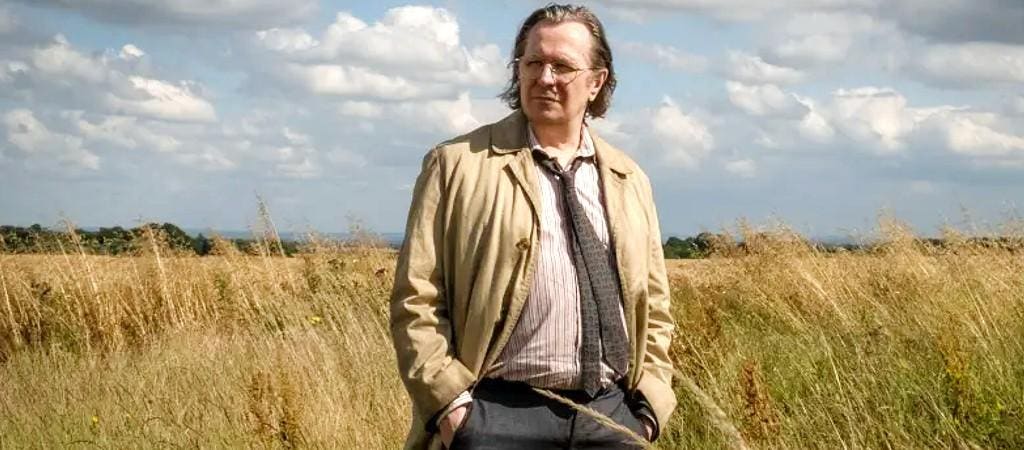Most small birds are lucky to make it to ten years of age. Bigger birds, however, can live much … More
Birds, unlike other species such as the giant tortoise, the Greenland shark or the bowhead whale, aren’t known for their longevity. But there are a few species that buck the trend.
Generally speaking, bigger birds tend to live longer. This is true across most animal classes. The ostrich, which is the world’s largest bird, often lives to the ripe age of 30 to 40 years old. Albatrosses and seabirds also have long lifespans, with some living to over 50 years of age. Parrots, too, are generally long-lived birds, especially those kept in captivity. Some have been known to eclipse 60 years of age.
Small finches and sparrows, on the other hand, often don’t live long enough to see the age of five.
Here’s the story of the world’s oldest known wild bird: Wisdom the Laysan albatross.
Exploring The Ultrasurviving Laysan Albatross
Laysan albatrosses range across the North Pacific but breed on a few remote islands, such as Midway … More
In 1956, ornithologist Chandler Robbins affixed a small aluminum band to the leg of a female Laysan albatross on Midway Atoll, a remote U.S. territory located in the North Pacific Ocean. Robbins had no idea at the time how important this bird would turn out to be.
That bird, now known as Wisdom, is estimated to be at least 74 years old, making her the oldest known wild bird ever recorded. What’s more astounding is that she’s still alive, and still laying eggs and raising chicks.
Wisdom is a Laysan albatross, a large seabird known for its long wingspan – up to seven feet – and gliding. These birds spend the majority of their lives at sea, only returning to land to breed and raise young. Most Laysan albatrosses don’t start breeding until they’re around five to eight years old, and pairs usually return to the same nesting sites year after year.
Midway Atoll, where Wisdom resides, is part of the Papahānaumokuākea Marine National Monument, one of the largest marine conservation areas in the world. The island’s isolation makes it an ideal haven for seabirds, with few predators and virtually no human interference.
Laysan albatrosses are remarkably long-lived seabirds, and one key to their longevity is their exceptionally low annual adult mortality. A 1975 study published in Pacific Science estimated that more than 94% of breeding adults on Midway Atoll survive each year – meaning fewer than 1 in 20 die annually. That same long-term banding effort found that 13% of birds lived at least 20 years.
More recent findings support those numbers. A 2011 mark-recapture study at Kaena Point on Oahu, Hawaii published in The Auk, reported survival rates as high as 99.6% in pre-breeding adults, while successful breeders averaged 93.2% annually. The study also highlighted the species’ strong site fidelity and long-term pair bonds – traits that likely help support their extraordinary lifespans. Wisdom, now in her 70s, may be an outlier, but she’s also a powerful example of what’s biologically possible for a seabird built for endurance.
To truly appreciate Wisdom’s journey, it helps to understand just how far she’s traveled. Albatrosses can fly thousands of miles in a single foraging trip, and it’s estimated that over her lifetime, Wisdom has logged over three million miles. This is equivalent to flying to the moon and back more than six times.
Laysan albatrosses are masterful gliders, soaring thousands of miles on ocean winds.
She has laid dozens of eggs, fledged many chicks, and outlived not only her original bander, Chandler Robbins, who passed away in 2017, but also many of her own offspring. Her story challenges assumptions about aging in wild animals, particularly birds, who face threats from weather, predators, plastic pollution and commercial fishing.
Against the odds, Wisdom keeps returning to the same patch of land, often with a new mate (albatrosses form long-term pairs, but mates can change if one dies). Incredibly, she was photographed with another newly hatched chick earlier this year (February 2025), at age 74.
Wisdom is more than just an anomaly – she’s a living data point in a long-term study of bird longevity, migration and survival. Her age has helped biologists better understand how seabirds age and reproduce over long periods, which in turn informs conservation efforts.
She’s also become something of a celebrity and a symbol of resilience, featured in children’s books, conservation campaigns and even honored with her own U.S. Fish and Wildlife Service social media following.
Are you an animal lover who owns a pet, perhaps even a pet bird? Take the science-backed Pet Personality Test to know how well you know your little friend.









